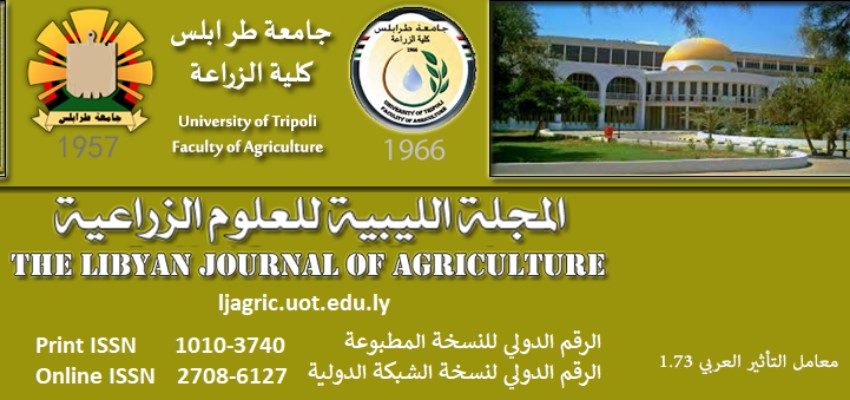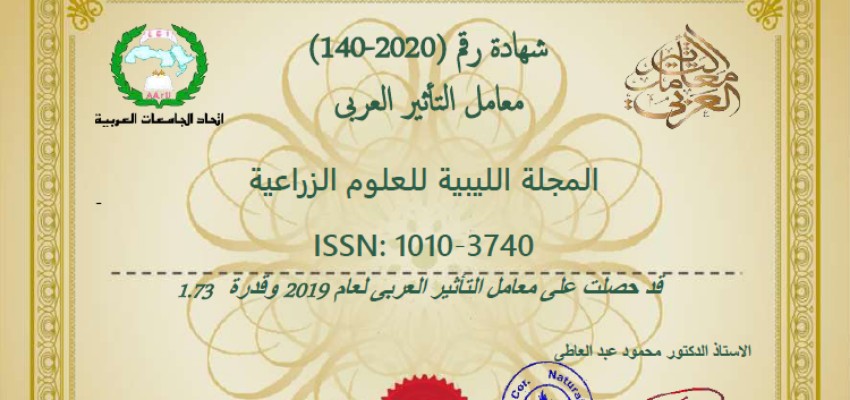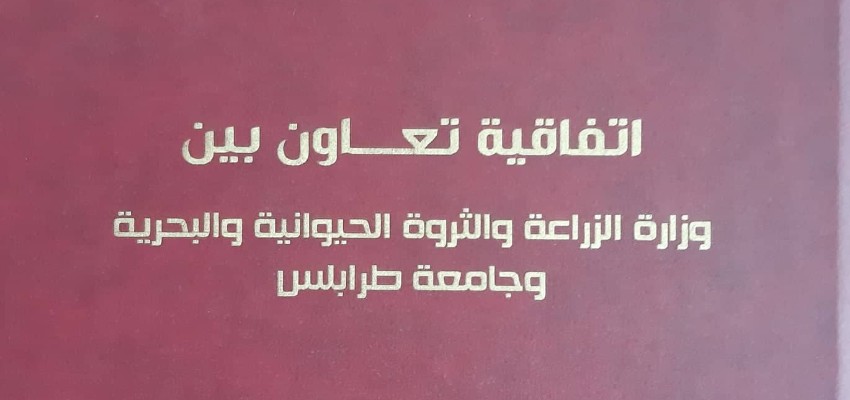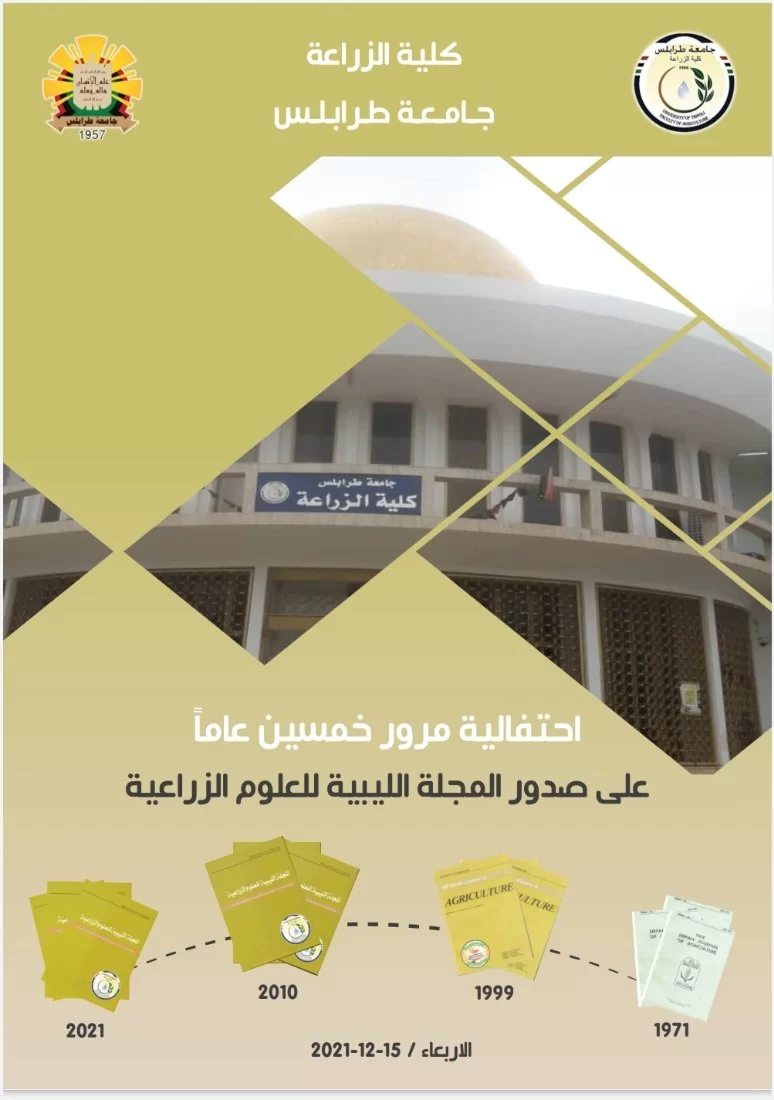كلية الزراعة طرابلس
المزيد ...حول كلية الزراعة طرابلس
حقائق حول كلية الزراعة طرابلس
نفتخر بما نقدمه للمجتمع والعالم
253
المنشورات العلمية
184
هيئة التدريس
522
الطلبة
0
الخريجون
أخبار كلية الزراعة طرابلس
2022-05-10
684
0
2021-12-12
2099
0
2022-05-10
684
0
2021-12-12
2099
0
من يعمل بـكلية الزراعة طرابلس
يوجد بـكلية الزراعة طرابلس أكثر من 184 عضو هيئة تدريس

أ.د. أحمد عاشور أحمد عاشور
الدكتور أحمد عاشور احمد هو احد اعضاء هيئة التدريس بقسم علوم الاغذية بكلية الزراعة طرابلس. عمل ادلكتور بجامعة طرابلس منذ عام 1971 وحتى عام 2016 بكلية الزراعة وله العديد من المنشورات العلمية في مجال تخصصه.احيل على التقاعد في يوليو 2016 والان كاستاد شرف متعاون مع الكلية ويشرف على طلبة دراسات عليا بالقسم وكذلك متاعون مع جامعات اخرى في التدريس.













